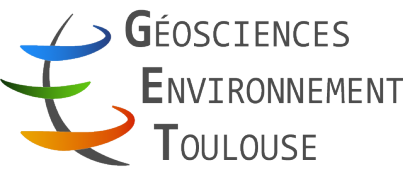ERC starting grant portée par Astrid Avellan (CR CNRS)
En agriculture, les produits utilisés pour fertiliser et/ou protéger les plantes sont souvent peu efficaces. Les nutriments et les pesticides appliqués en champs n’atteignent pas, pour la plus grande part, les compartiments ciblés (surface ou intérieur des feuilles, racines, organes et organelles, etc). En conséquence, de grandes quantités de produits phytosanitaires sont dispersées dans l’environnement, polluant les sols et les cours d’eau et dégradant les agro-écosystèmes. Délivrer ces produits par voie foliaire est prometteur pour réduire ces pollutions. Il a été démontré que l’absorption foliaire de particules fines à l’échelle nanométrique est plus importante que ce que nous pensions jusqu’alors : une grande fraction peut entrer dans les feuilles et se distribuer dans toute la plante.
Fort de ces découvertes, le projet LEAPHY vise à améliorer l’efficacité des produits de fertilisation et de protection des plantes en tirant parti de la biodisponibilité foliaire de ces structures nanométriques. Il s’agira d’étudier les interactions biologiques et chimiques qui régissent l’adhésion foliaire, l’absorption, et la translocation de nanostructures aux propriétés physico-chimiques contrôlées. Le devenir des nanostructures in planta, des feuilles sur lesquelles elles sont déposées vers d’autres compartiments des plantes, sera finement caractérisé. La persistance et les effets de ces nanostructures dans les agroécosystèmes seront évalués. Ces nouveaux savoirs permettront de développer des stratégies innovantes pour fertiliser et protéger les plantes de façon plus sûre, tout en réduisant drastiquement l’utilisation d’intrants.

Résumé du projet en anglais:
Population growth and the expected-to-increase (a)biotic stresses due to climate change are putting the agro-ecosystems under pressure. The dependence on inorganic agrochemicals (IAs) for fertilization and plant protection will lead to an increase in their use. Yet, current IAs do not efficiently reach their target. They lead to waste of resources, pollutions, and environmental degradations. Foliar application of nanostructures is one of the proposed solutions to optimize IAs in order to better protect crops, but also their agro-ecosystem. Nano-IAs can exhibit reduced leaf leaching and increased bioavailability, allowing to strictly apply the right dose of IA. However, the lack of knowledge on IA behaviour at the leaf interface hinders our ability to predict optimized nanostructures. The LEAPHY project aims to establish a rationale for the design of such nano-IAs. Model nano-IAs with controlled morphologies and surface properties will be designed and exposed to isolated plant cells or model leaves characterized for their surface characteristics and interfacial functional groups. The pathways and associated rates of uptake, transformations, and in planta behaviour will be quantified. These results will be used to establish a predictive modeling framework for the biological and chemical interactions that govern IA adhesion, uptake, and translocation from leaves to other plant tissues and organs. This knowledge will be leveraged to design and test bio- and geo-inspired copper-based fertilizers and pesticides with improved delivery efficacy. The team’s expertise in tuning (in)organic reactivity at plant interfaces and studying the resulting interactions and speciation changes is the backbone of LEAPHY’s state-of-the-art experimental strategy. This project will be a cornerstone in implementing solutions to contribute to building a rationale for safe foliar phytoprotection and fertilization strategies.
